Social Media Marketing For Business
Your ultimate guide to social media marketing - which social media platforms to use, what to post, and how to get results.
Content
Introduction: How To Use Social Media For Business
Which Social Media Platform Should I Use?
- Tik Tok
- X (Twitter)
Should I Boost Posts, Or Pay For Ads?
How To Manage Your Social Media Activity
- Plan using a scheduler
- Dedicate time to content creation
- Re-purpose existing content
- Interact and respond
- Track and analyse your success
Introduction: How to use social media for business
Social media is now a ‘mature technology’, which means it’s been tried and tested through repeated use and honed into an effective channel for business sales and marketing. As a business owner, you probably recognise the enormous marketing potential of social media, but it’s important to note that your customers also expect an active social media presence from you.
The main question asked about social media in 2024 isn’t so much whether to use social media, but how.
However, the field of social media marketing is as complex and multilevel as it has ever been for business owners, and so we’ve written this guide to explain the core principles of using social media for business.
There are plenty of introductory guides, blogs, and materials available about social media. So much so, in fact, that the volume of content can make it more confusing to find the information you need, rather than less.

Much of this content is five or more years old, and as social media is a rapidly evolving field, we have prioritised discussing current and emerging technologies and practices. Many of the core principles of social media marketing still apply, but to get the best value from each of the platform, it’s important to stay up to speed with the expectations of your customers and the ways that the technology is currently used.
This guide will answer the questions:
- What platforms should I focus on?
- What should I post?
- Should I pay for advertising?
- How do I manage my social media activity?
- And more.
If you have any questions while reading this guide, please feel free to get in touch with one of our social media specialists by calling 01332 343281 – or book a free 30-minute discovery meeting using our online calendar.
Which social media platform should I use?
There isn’t usually enough time to give full attention to all the main social media platforms, and nor is this necessary for most businesses. To get the best returns from your time and money, focus on the one or two platforms which are the most used by your target demographic or buyer personas.
The following is an overview of the main UK social networks and how you could use them.
LinkedIn:
-
UK users: approximately 42 million in 2024, including 4.6 million who are business owners or hold senior roles
-
Primary demographics: business professionals and jobseekers, 25 to 64 years old.
-
Great for: business networking, following industry trends and getting business education, recruitment, sales.
-
Trends and opportunities: Video content, including live streaming, is on the rise on LinkedIn, with video becoming a more visible and effective part of business-focused LinkedIn strategies. This ties in with a trend toward personal branding on LinkedIn, in which business owners and high-level professionals use the platform to share thought leadership content, personal stories, and achievements to establish greater credibility for themselves and their businesses. LinkedIn is also at the forefront of social media AI integration, with the platform’s AI recommending content to users and helping fine-tune targeting for adverts.

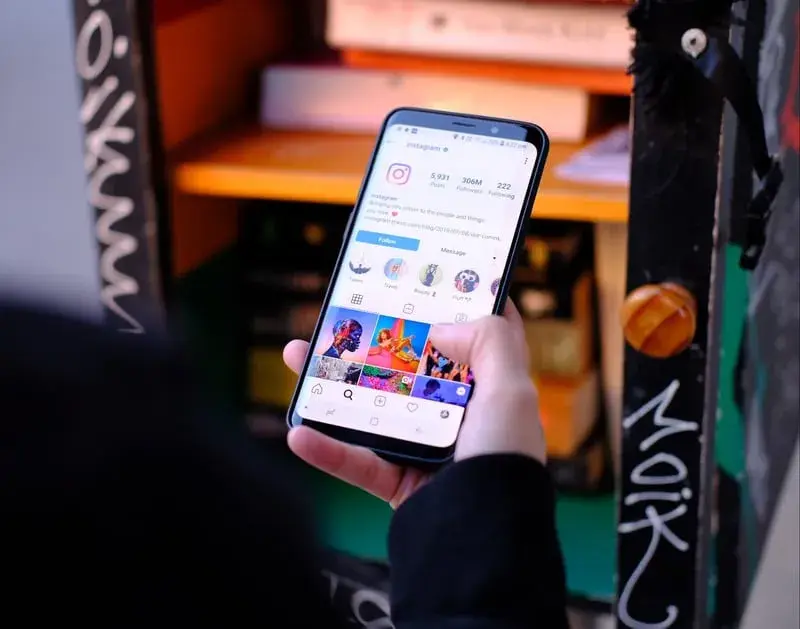
Instagram:
-
UK users: approximately 35 million
-
Primary demographics: younger adults 18-34, with a slight skew towards women.
-
Great for: Instagram is a visual storytelling and lifestyle platform, and is good for promoting your business brand, identity, and projects through photos, videos, and stories.
-
Trends and opportunities: One of the biggest Instagram trends is the transformation of the platform into a social commerce outlet for B2C and – to a lesser extent – B2B businesses, with a wide range of shopping features available enabling in app purchases and integration with third-party e-commerce sites. From its roots as a photo sharing site, Instagram has also diversified to support more diverse content formats, including AR filters, reels, and stories.
Tik Tok:
-
UK users: 16.8 million in 2024, expected to grow to 21 million by 2026
-
Primary demographic: teens and young adults, aged 14-24.
-
Great for: brand awareness to younger consumers and marketing to future customers.
-
Trends and opportunities: Tik Tok is the Gen Z social network, and at the moment only has limited applications for B2B marketing. B2C marketers are starting to see success with the platform for branding and outreach, but the fact remains that most Gen Zers are still at school or university, and those in the workplace (the oldest are in their early 20s now) are more likely to be making coffees and taking minutes than closing major business deals. Nevertheless, many Gen Zers will be moving into middle management positions in the near future, and starting their own businesses. The question is, will they take Tik Tok with them? YouTube became a valuable business channel when it’s Gen Y user base grew up and continued to use the platform, and the same could happen with Tik Tok. While we don’t recommend investing too much into Tik Tok at the moment, keep it on the front burner, as this could be the Instagram or YouTube of the later 2020s.


Facebook:
-
UK users: approximately 56 million Facebook accounts, of which 37 million are active users. That’s over 50% of the UK population.
-
Primary demographic: in the UK, Facebook’s primary demographic is 35 to 44 years old, with slightly more active male users than female, but the platform has users in all age brackets. The platform is also popular with middle aged and older adults.
-
Great for: targeted advertising, content marketing, user generated content, event promotions, product launches, and B2B lead generation. While useful for B2B, Facebook is essential for B2C companies, and is often a platform to not only attract new customers, but also to play a vital role in customer service and community building, as many consumers will contact businesses via their Facebook pages. Facebook Shops and Facebook Marketplace also makes Facebook a great platform for E-commerce businesses.
-
Trends and opportunities: One of the biggest strengths of Facebook in 2024 is its advertising platform, which is arguably the best of all the social networks. Facebook also has some of the best content discovery tools, which can help you to showcase your content to a wider audience and increase engagement. A lot of people use Facebook as a mobile search engine to ask questions and research business solutions, which is aided by the platform’ leading edge AI chat bot technology and integrations. We recommend keeping up a company page on Facebook for visibility and search purposes, and exploring their advertising options, even if this isn’t your primary platform.
X (Twitter):
-
UK users: around 23 million users in 2024
-
Primary demographic: The most active Twitter/X users are in the 25-34 year old age bracket, followed closely by 18-24 year olds.
-
Great for: real-time updates from events, product launches and promotions, news dissemination, and holding public conversations with your customers and industry stakeholders.
-
Trends and opportunities: Twitter/X remains the leading social network for breaking news updates and real-time discussions, and has huge search credibility on Google for trending topics. Twitter/X-based hashtags frequently dominate conversations, reflecting developments in technology, best practices, and regulations in various industries.

-
UK users: around 17.1 million in 2024
-
Primary demographic: Predominantly women aged 25-34, but also popular among women aged 18-24 and 35-44.
-
Great for: Users use Pinterest to discover and share creative ideas, it is ideal for finding inspiration in areas like home decor, design fashion, food, travel, and wellness. Users frequently use Pinterest to plan home improvement, DIY projects, events, and lifestyle changes.
-
Trends and opportunities: Pinterest’s pin boards effectively consolidate visual content into a concise social feed, making it a valuable tool for businesses to boost searchability and improve Google visibility for key SEO terms. Many businesses use Pinterest to link pins directly to product pages, blog posts, and landing pages, driving traffic through engaging visual storytelling, curated pin boards, and shoppable pins.

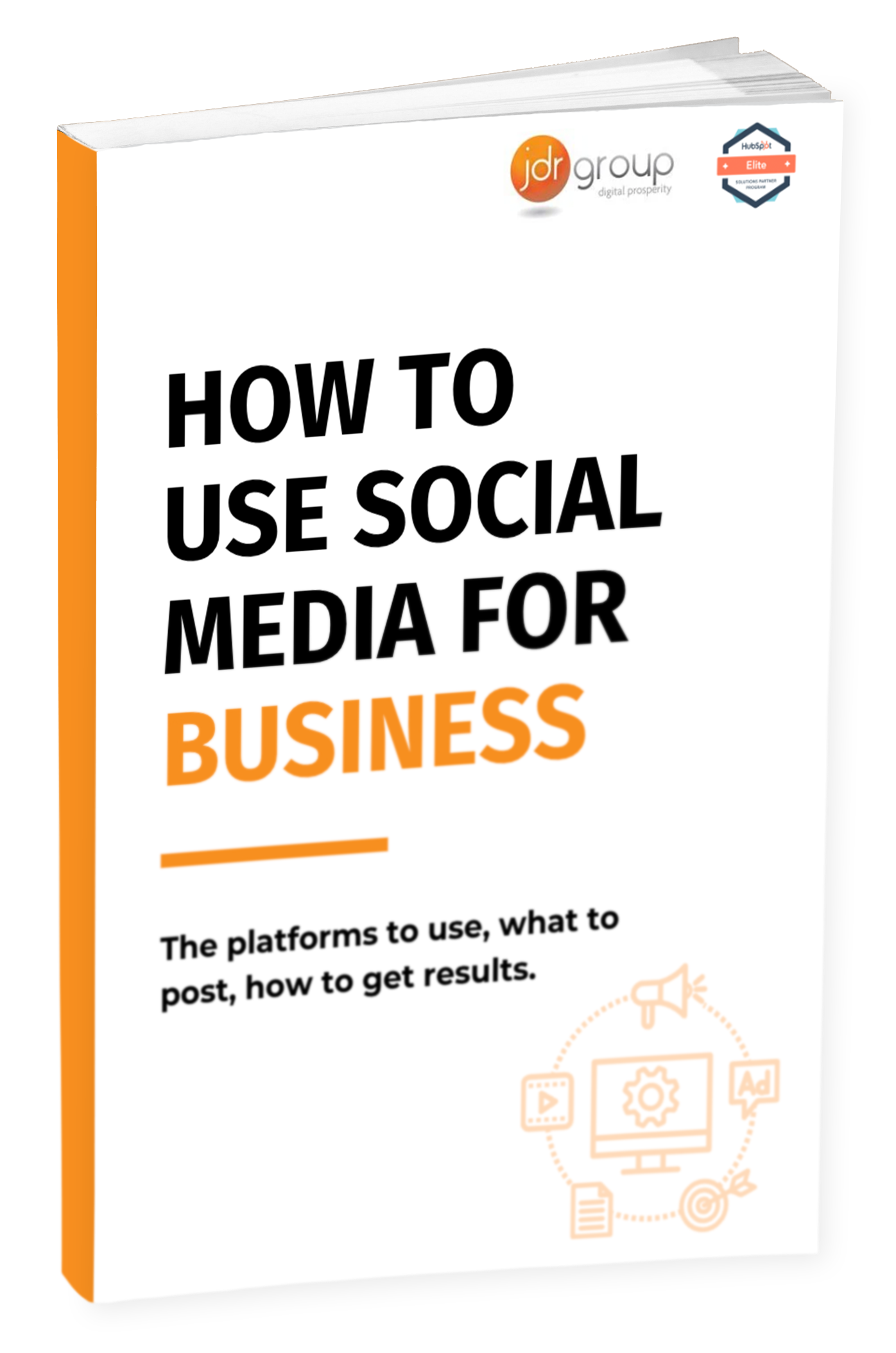
How To Promote Your Business Effectively On Social Media
This guide gives you the practical steps you can take to get your business noticed on social media:
- Which platforms to use (and why)
- What content to post
- How to get measurable results with social media
And much, much more.
Confirm your details and get instant access to your free copy now!
Get Your Free Copy Now
What should I be posting?
Success on social media largely rests on the quality and the relevancy of your content, and depending on the platform you are using, there are lots of things you could post. Ideas include:
-
Microblogs and opinion pieces – social media isn’t the place for essays, but you could post teaser content which you subsequently expand on your company blog or website, or cross promote video content.
-
Video – regular video clips from within your business and projects are a good way to connect with your followers on a human level.
-
Photos of your team, of customers, of your products and processes, and of user generated content (UGC).
-
Polls to source opinions and feedback from followers, and also to get ideas for future content.
-
Carousels – ‘carousels’ are available on various platforms, including Instagram, Facebook, and LinkedIn, and allow users to swipe through multiple images or videos within a single post. Carousels help you tell a more cohesive story by breaking individual messages into digestible parts across multiple slides, and are ideal for displaying a range of products, or different angles of a single product. Some B2B businesses also use Facebook carousels as step-by-step guides to products or services, using a combination of written and visual content.
-
Quotes from customers, employees, or relevant industry figures. We suggest keeping it business focused – lay off the soundbites from Bob Marley or Gandhi. You can quote from your own e-books and guides to drive traffic to specific pages or gated content, or engage with your customers by quoting from them.
-
Competitions to encourage your followers to create UGC featuring your products and services and share it with a specific hashtag, or increase engagement by prompting followers to comment on a post to enter the competition. The prize could be a discount, early access to a service, or access to free content, such as a webinar, downloadable e-book, or course.
-
Company announcements, campaigns, charitable events, product launches
-
Promotions and special offers with platform-specific discount codes. These can be used to encourage in app purchases or traffic to your e-commerce site, or even a sales landing page.

-
Reviews and testimonials from happy customers. All social media platforms are perfect noticeboards for sharing good feedback, and you should always encourage customers to leave feedback on their social platform of choice. Thank people for their feedback and respond to every comment.
-
Educational and industry content from other stakeholders. Feel free to share relevant videos, blogs, and other posts from people and businesses in your sector, but vet it carefully first to make sure it aligns with your brand and values.
With so many options and opportunities available for social media content, where do you start, and how do you strike the right balance of content for your audience
There are three questions to ask yourself when considering what content to post on social media platforms:
-
Is this content interesting or useful to my target customer? (Preferably, social content should be interesting and useful.)
-
Is the content ‘on brand’– i.e. is it consistent with your company voice, aesthetic, and marketing messages used on other channels?
-
Is this content engaging? In other words, are people likely to respond, like, share, or save this content?
Each piece of content should elicit a ‘yes’ to all three questions before you publish. There’s no room for low quality content in today’s competitive social media landscape.
The thing to remember is that social media algorithms reward engagement, so the more comments, saves, shares, and likes you get on your posts, the greater prominence they will have in your followers’ feeds and searches.

Over time, high engagement will develop your brand authority on social media, so that the platform AI will recognise you as a user that should be prioritised in searches and recommended to other users in response to queries.
Should I boost posts, or pay for ads?
There’s a lot that can be accomplished on social media for free, but all the main platforms now also offer advertising services in which you pay for additional exposure. In general, it’s worth spending money on paid adverts and boosts to help you reach more people.
You don’t have to spend much at first; all the platforms have tools to help you manage your budget, and you can easily scale your budget up or back to align with your needs.
However, like all advertising, your expenditure should be managed carefully to avoid wasting money, and to drive the best ROI. There are several ways of using paid adverts or content on social media, for example:

Boost posts on platforms like Facebook and Instagram to quickly expand the reach of your social content, increasing the visibility of your content to a broader audience.
Lead generation: take advantage of the advanced targeting capabilities of LinkedIn, Facebook, and Instagram to deliver targeted ads to specific customers based on their interests, demographics, and behaviours. These adverts can increase traffic to your website or a specific landing page, or harvest leads directly through ‘signup’, ‘learn more’, or ‘download’ CTAs. Gated content, competitions, and discounts can be used as incentives to encourage uptake.
Online sales: for product-based businesses, social media can be used to drive product sales either directly through the platform, or by sending traffic to an external site. Platforms such as Pinterest and Meta, the parent company of Facebook and Instagram, have a sophisticated advertising system linked to a growing social commerce architecture that makes these platforms ideal for showcasing products, services, and campaigns, increasing brand awareness and conversions at the same time.
How to manage your social media activity
Time is the most valuable and precious resource available to businesses, and is also the main barrier preventing businesses engaging fully with social media marketing. For all the opportunity that social media offers, most businesses aren’t in the position to hire a dedicated social media officer, and don’t have the resources to more than scratch the surface of what they could potentially achieve.
What can you do to maximise the value of your time and manage your social media activity without it eating into your core responsibilities?
Plan using a scheduler:
A marketing automation platform, such as HubSpot, or a scheduler like HootSuite or Buffer, helps you schedule social media content, track analytics, and monitor conversations and shares across multiple platforms. A scheduler helps you streamline your social media activities and save time, and also track your ROI from specific campaigns more effectively.
Dedicate time to content creation
Your social media posts are digital assets that drive value for your business, so it’s worth dedicating time or resource to content creation. If you can do so and have the expertise, set aside time each week for creating high-quality social media content, such as writing posts, shooting ad hoc videos with a phone, or designing graphics. If you get into the mindset of social media content creation, you’ll find it easier to find opportunities for engaging content in your day-to-day work. Creating batches of content in advance can also save time and give you a steady flow of fresh content to publish. Just make sure your pre-created content is still relevant when it goes live, as things can move quickly on social media. If you don’t have the time, tools or technical knowledge to invest in content creation in house, consider working with a content agency partner.
Re-purpose existing content
Maximise the value of assets published on your website, blog, or YouTube channel by repurposing them for different social platforms. A YouTube tutorial, for example, could be turned into a social media infographic or a downloadable guide for targeted adverts, and a 30min webinar could be broken down into short video clips. The reverse is also true; some of your high performing blog posts may make good social media posts, videos, or carousels.
Interact and respond
Social interaction implies a dialogue between your business and its customers, so make a point of engaging with your audience by responding to their comments and messages, and thank them for mentions. This will help build a community around your brand and encourage customer loyalty and longevity. This type of engagement also ties in with so-called nano-influencer marketing. Nano influencers are people or business owners on Instagram, LinkedIn, or Facebook with a modest follower base of 1000 to 10,000. They are taken seriously by their followers and tend to be active on their chosen platform, so a share or comment by one of these users could encourage more such engagement by other members of their network.
Track and analyse your success
Social media marketing is best approached as a strategy, so use a good marketing platform or the social media platform’s internal tools to create regular reports and track essential metrics such as content engagement, follower growth, website traffic, and conversions. This will help you tailor your content more effectively and fine tune your social media efforts for a better ROI.

Next steps
-
For more specific advice on LinkedIn, please [claim a copy] of our free guide ‘How To Use LinkedIn For Business.’
-
For a straightforward daily social media action plan that you can start today, [download] ‘The 20 Minute Social Media Workout.’
-
To find out how JDR Group’s social media and digital marketing services can help you, please book a Free Discovery Meeting
To find out more, let’s start a conversation - you can book a call with one of our experts using our online diary link.
There’s no cost and we can provide some free initial advice as well as discuss your options with you.





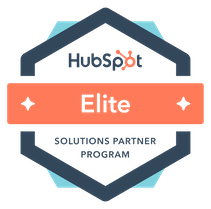

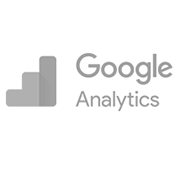
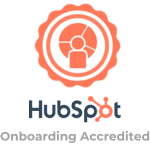
 How To Attract, Win, Keep & Grow Customers Guide
How To Attract, Win, Keep & Grow Customers Guide